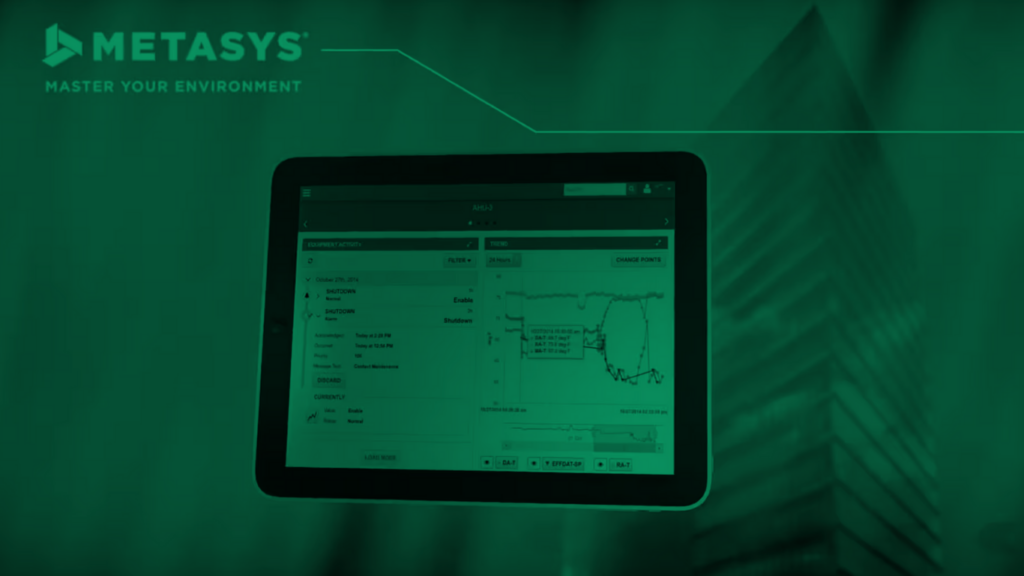Building automation control systems (BACS) play a crucial role in monitoring and managing various building operations, including HVAC, lighting, security, and fire protection. These systems help enhance energy efficiency, reduce operational costs, and improve occupant comfort.
One of the most widely used BACS solutions is Johnson Controls Metasys. Known for its scalability and flexibility, Metasys is designed to accommodate various building types, from small commercial spaces to large campuses. This article explores the advantages and drawbacks of Metasys compared to other leading BACS solutions.
Key Features of JCI Metasys
Metasys provides a comprehensive suite of features designed to optimize building operations, including:
- Energy Management: Optimizes HVAC and lighting systems to reduce energy consumption.
- Comfort Control: Monitors and adjusts temperature, humidity, and air quality for enhanced occupant comfort.
- Security & Fire Protection: Integrates with security and fire safety systems to provide a centralized view of building safety.
- Asset Management: Tracks and monitors building assets, including equipment and inventory.
- Remote Access: Enables system management from any location via remote access.
Pros and Cons of JCI Metasys
Pros
✅ Scalability & Flexibility – Suitable for buildings of all sizes and types.
✅ Comprehensive Feature Set – Covers energy management, security, asset tracking, and more.
✅ Established Reputation – Backed by Johnson Controls, a well-respected industry leader.
✅ Extensive Support – Offers training, technical assistance, and maintenance services.
Cons
❌ Higher Cost – Often more expensive than competing BACS solutions.
❌ Complex Configuration – Requires expertise to set up and manage effectively.
❌ Vendor Lock-In – As a proprietary system, switching to another BACS can be costly and challenging.
Comparing JCI Metasys to Other BACS Solutions
Several alternative BACS solutions provide similar capabilities, each with unique strengths:
- Honeywell Niagara: Known for its high scalability and integration flexibility.
- Siemens Desigo: Offers robust security features and reliability.
- Schneider Electric Tridium: Excels in third-party system integration, making it a versatile option.
Feature Comparison Table
| Feature | JCI Metasys | Honeywell Niagara | Siemens Desigo | Schneider Electric Tridium |
|---|---|---|---|---|
| Scalability | High | High | Moderate | High |
| Integration | Proprietary, Limited | Open, Flexible | Moderate | Strong Third-Party Support |
| Security | Strong | Moderate | High | Moderate |
| Ease of Use | Complex | Moderate | User-Friendly | Moderate |
| Cost | Higher | Moderate | Moderate | Moderate |
| Support & Training | Extensive | Moderate | Strong | Moderate |
Conclusion
JCI Metasys is a powerful and feature-rich building automation control system, making it an excellent choice for organizations that need a scalable, integrated solution. However, it comes with higher costs and potential complexity in configuration and management.
When selecting a BACS, it’s crucial to assess your building’s specific needs, budget, and long-term flexibility. Comparing different systems ensures you choose the best fit for your facility’s requirements.
Would you like assistance in evaluating the best BACS for your building? Contact us today to explore your options and find the right solution for your needs.




